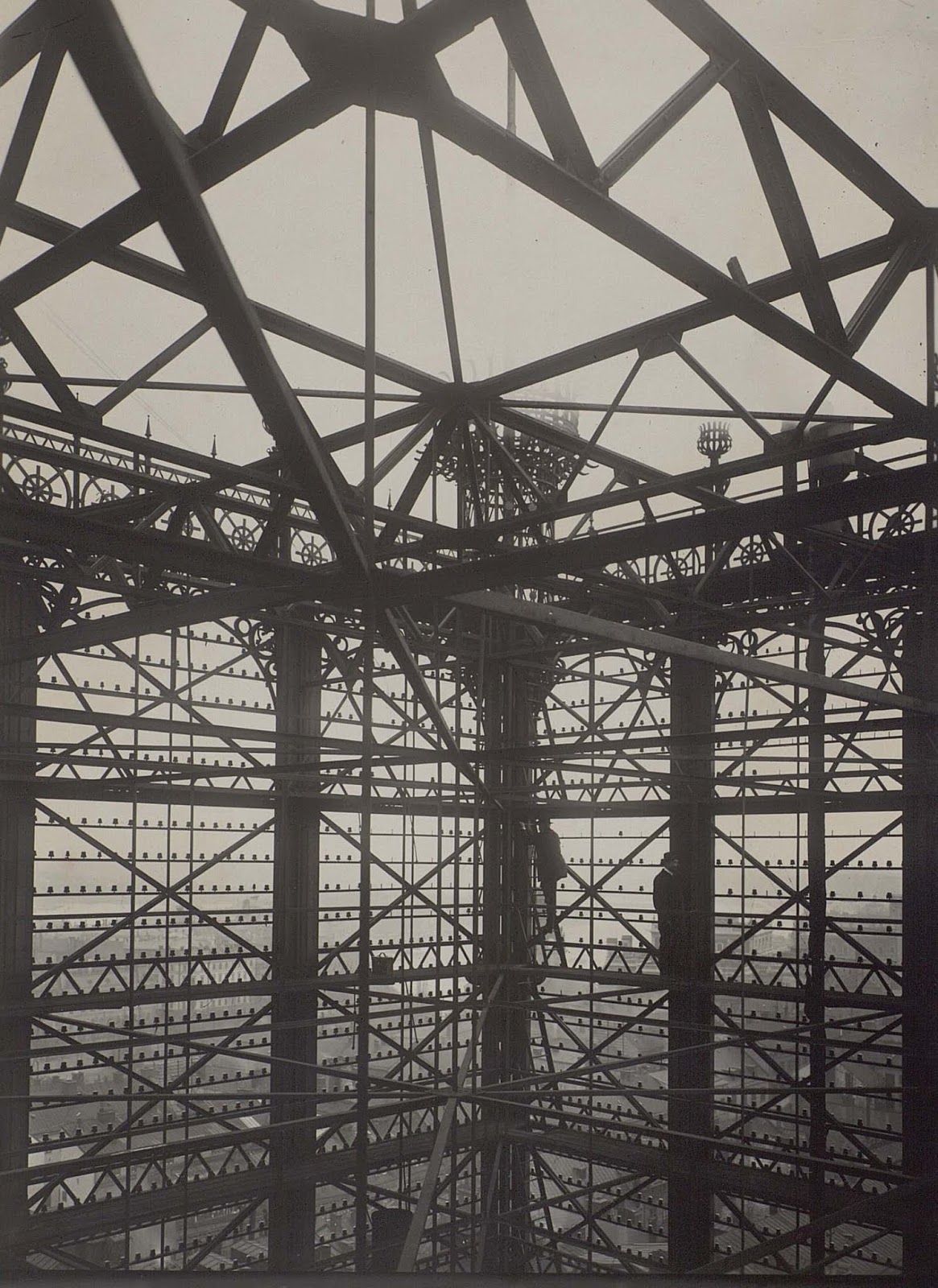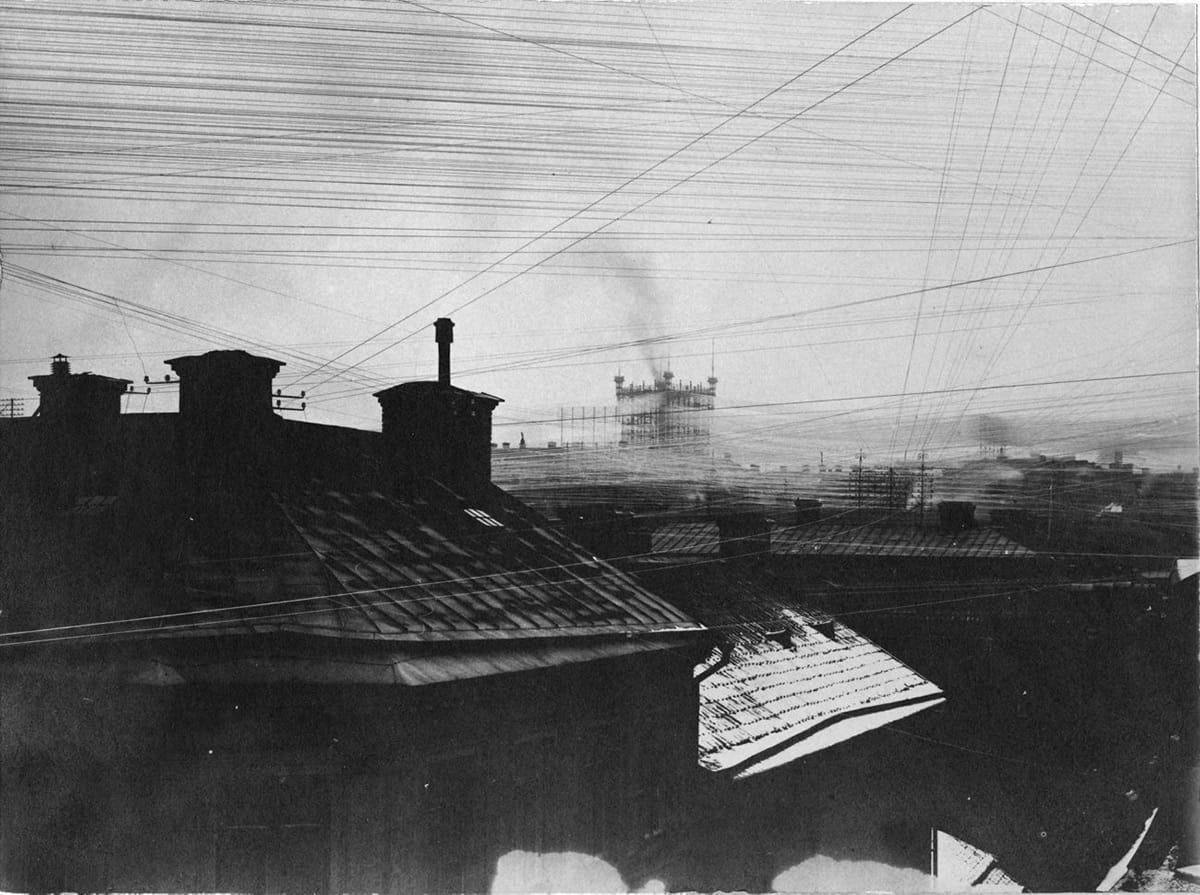In the late 19th century, the telephone emerged as a groundbreaking invention, but the idea of running its cables underground was still beyond the grasp of engineers.
Back then, technical constraints meant that each telephone needed its own dedicated wire to connect directly to an exchange, where operators manually linked calls. This created a chaotic and visually overwhelming situation: thousands of lines crisscrossing cities above ground.
In Stockholm, Sweden, this challenge culminated in the creation of the Telefontornet, an immense central telephone tower built around 1890. Serving as a hub for over 5,000 phone lines, the structure extended wires in every direction across the city, forming a striking but unsightly web.
After all, the Telefontornet is seen as a symbol of technological advancement and a reminder of the growing pains that came with progress in communication.
The Rise and Fall of Stockholm’s Telefontornet

This network was notably vulnerable to various natural disasters. High winds often damaged the exposed lines, ice storms could weigh them down and cause collapses, and fires posed a constant risk due to the flammable materials and lack of modern safety standards.
These vulnerabilities showcased the technical challenges of early telecommunication infrastructure.
By 1913, advancements in phone technology had rendered the Telefontornet obsolete. The tower, once a symbol of progress, remained as a landmark until a fire in 1953 caused its final removal.

Back when telephone service was a luxury reserved for the wealthy, Sweden saw the introduction of its first public telephone exchange by the Bell Telephone Company. This modest beginning served only 121 subscribers, marking the early days of connectivity in an era where telecommunication was a rare privilege.
Subscribers to the telephone service once had to pay a substantial fee, ranging from 160 to 280 Swedish Krona, depending on how far they lived from the exchange. When adjusted for today’s value, this was equivalent to paying between 9,000 and 16,000 Krona (around $1,100 to $1,966), a very high cost at the time.

The exchange building itself was a landmark, easily visible across the city skyline. As technology advanced and telephone lines were moved underground, the building lost its purpose.
Before being demolished in 1958, it was briefly repurposed as a large advertising billboard, marking its final role in the city’s history.
Old Images of Telephone Network In Stockholm











